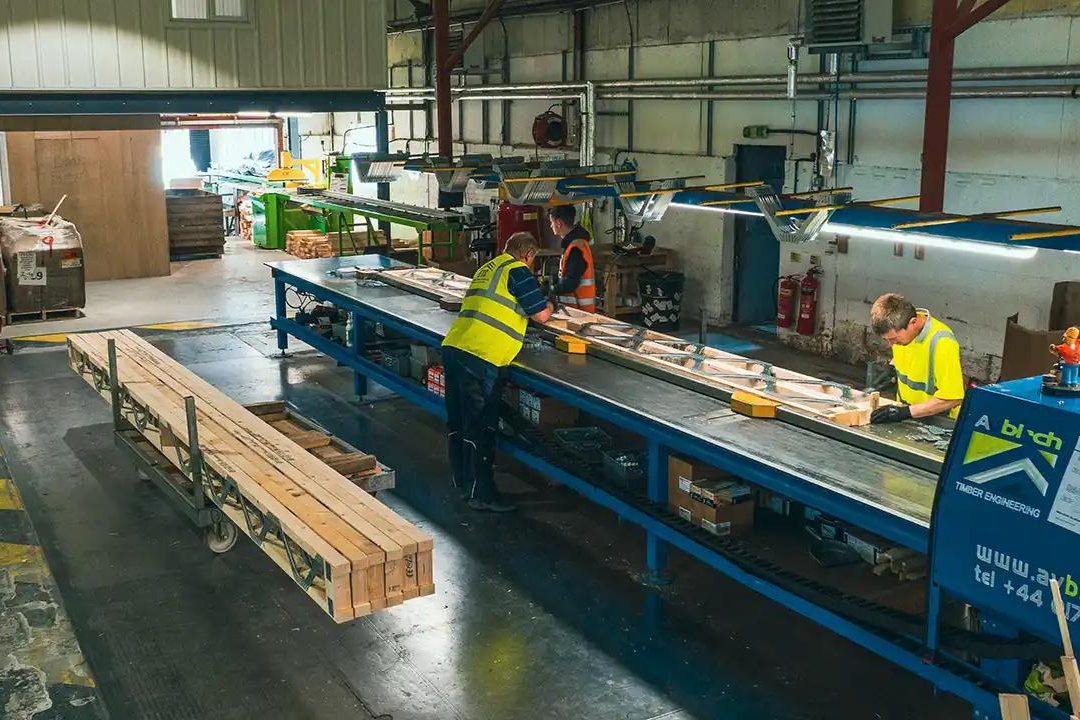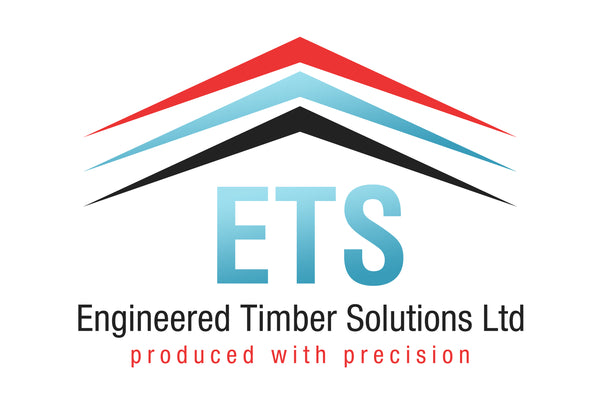
Span Tables for Joists
Share
Do you want to find our more about span tables for joists?
If you’re thinking about embarking upon any sort of timber-based project – maybe building a deck, or even constructing a shed or summerhouse – you’ll need to ensure you’re planning appropriately.
And one of the most important aspects of planning is making sure that the timber you use for the joists is adequate to support what’s happening on top of them. Whatever that may be.
Understanding load
No matter where we are – in a kitchen, loft, living room, outdoor cabin, or anywhere – there will always be a ‘dead’ load and a ‘live’ load (also known as an imposed load). These are critical considerations.
- A dead load refers to anything that places weight on the suspended surface (be it floor, ceiling, or roof) that is part of the structure itself and is permanent. Floorboards, plasterboard, nails, screws, fixings, and so on.
- A live load refers to anything extra that adds weight to the surface during use. For example, furniture, wallpaper, lights, tiles or carpeting, and decor. Foot traffic is also considered to be a form of live load.
It is essential – from both a safety perspective and a project longevity perspective – that the joists form a strong enough structure to support both the dead load and the expected live load.
How can we be sure we’re doing that?
Before computers were invented, or in wide use, engineers would have used span tables as part of the design phase.
As a professional timber engineering company, we use specialist software to ensure that the joists are just right for the spans and relevant loads. This can’t be achieved with a simple span table.
It may be that you are looking to get a basic plan together for your home and this span table would be a decent starting point:
We would then suggest that you take us up on our free bespoke design and quote service.
It’s like with many construction projects around the home – there are specialist tasks that even the best DIYer can’t be expected to get right.
What are span tables?
A span is the distance that a suspended structural component travels between supports (essentially how far it bridges).
The term ‘max span’ which you may have seen in your research refers to the maximum distance a joist can cross without bending more than a permissible amount before it needs further strength being built into it given the expected load. This can help builders and DIY-ers ensure that they’re building floors that are suitable for the ultimate purpose of the project.
A span table is a handy and informative cheat sheet (if you are a DIYer) that gives safe upper bounds for the length of a joist span, based on the anticipated loads, the spacing of the joists, and the timber’s physical attributes. These attributes include the species of the wood, as well as aspects like dimensions. As we said previously though, they are not as accurate as they need to be for professionals.
To read a span table, you need to have some values in mind for the factors above. You should ensure you are using a table which is appropriate for your load, subject to any safety margins in local codes.
General purpose span tables, like the one we have shared here, will exist for most common types of timber and they could be used as a rough guide when it comes to metal web joists.
You are then at the point when our design team would need to take over to ensure that the joists are strong enough to support themselves and also carry the load.



